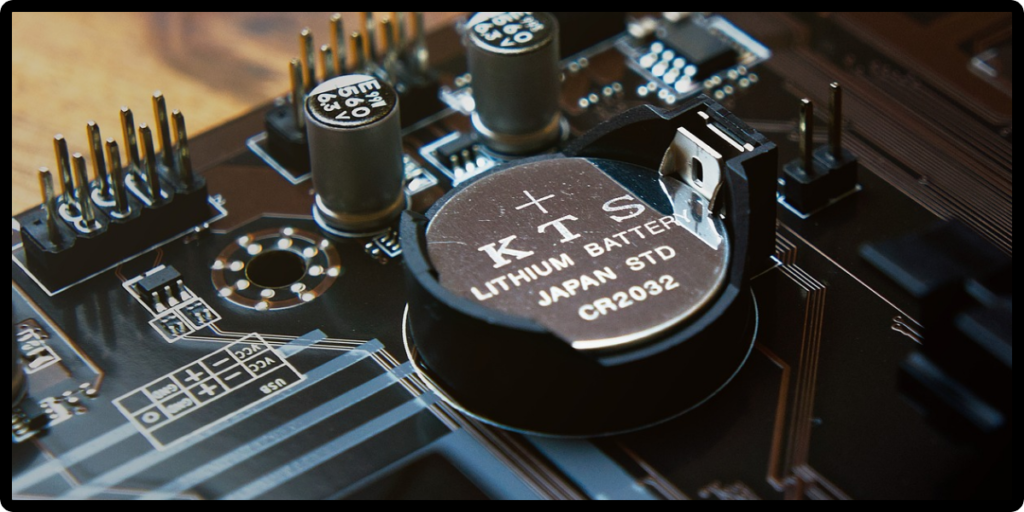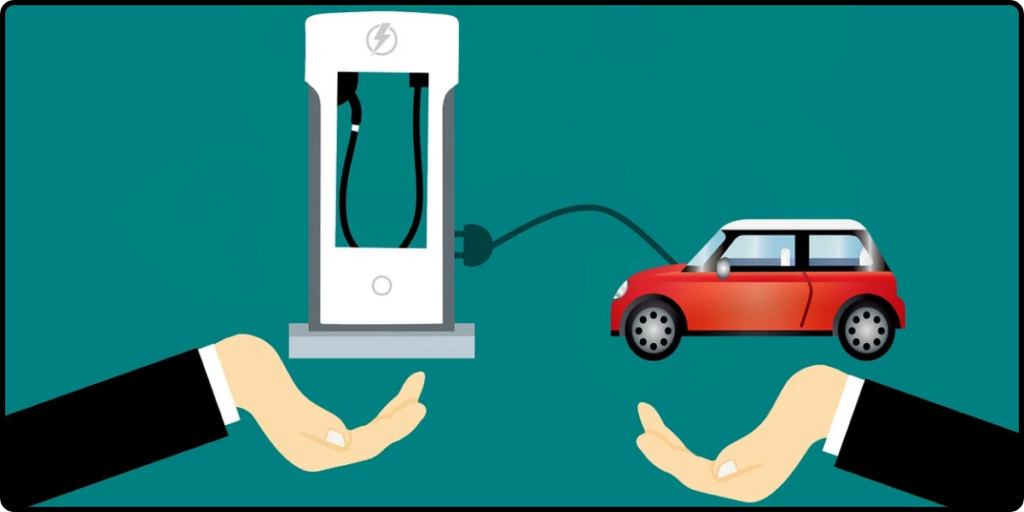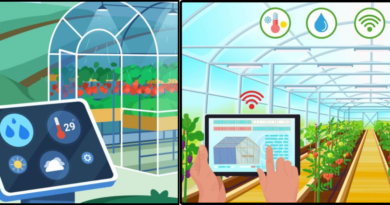Eco- Energy Solutions with Lithium-Ion Batteries and Fuel Cells

Introduction
By 2050, Europe wants to have net-zero carbon dioxide (CO2) emissions. This is a bold and ambitious objective. This challenging objective is a component of an international campaign to stop climate change and move toward a sustainable, low-carbon future. A diverse strategy is needed to achieve this aim, with technological advancements and energy-saving options playing a key role. Among these developments, lithium-ion batteries and fuel cells have distinguished themselves as essential cornerstones of Europe’s decarbonization agenda.
Lithium-Ion Batteries: Revolutionizing Electric Mobility

Lithium-ion batteries have changed the way we think about transportation. Europe is seeing a tremendous increase in the usage of electric transportation, including electric bikes, automobiles, and buses. At the core of this shift are lithium-ion batteries because of their great energy density and quick charging capabilities. Certainly, here are details on the roles of lithium-ion batteries and fuel cells in Europe’s efforts to achieve net-zero carbon dioxide (CO2) emissions by 2050:
1. Renewable Energy Storage and Grid Flexibility
In order to store extra energy from renewable sources like wind and solar farms, lithium-ion batteries are essential. This energy may be used to meet peak demand or when the production of renewable energy is low, maintaining a steady and dependable energy supply. Battery energy storage solutions improve grid flexibility and reduce usage for peaker plants that burn fossil fuels, which helps to cut emissions.
2. Circular Economy and Battery Recycling
Europe is concentrating on developing a circular economy for batteries as the use of lithium-ion batteries increases. To retrieve priceless components like lithium, cobalt, and nickel at the end of their life cycles, this involves recycling and reusing batteries. This improves resource sustainability and lessens the impact of battery manufacturing on the environment.
3. Hydrogen Fuel Cells in Industry

Beyond transportation, hydrogen fuel cells are being deployed in various industrial applications. They provide a clean and efficient source of power for manufacturing processes, helping industries reduce their carbon emissions. Additionally, hydrogen fuel cells can be used for heat generation, which is vital for industrial processes that require high-temperature heat sources.
4. Decentralized Energy Production
Decentralized energy generation and delivery are made possible by lithium-ion batteries and fuel cells. Local energy production using fuel cells, wind turbines, and solar panels can boost energy efficiency and decrease transmission losses. More self-sufficient and resilient communities and companies are possible, particularly in the event of power grid outages.
5. Green Hydrogen Production
In order to produce green hydrogen utilizing renewable energy sources, Europe is aggressively investing. Through electrolysis, hydrogen may be manufactured using electricity obtained using solar or wind energy. This environmentally friendly hydrogen may be kept and utilized in fuel cells for a variety of purposes, such as transportation and industrial activities, which will further cut down on carbon emissions.
6. Ensuring Backup Power and Sustainability in Remote Areas
Fuel cells play a significant role in delivering backup power to important infrastructure and distant places with limited grid connectivity because of their long-lasting energy supply and low emissions. Fuel cells improve sustainability and energy reliability by substituting diesel generators, which generate CO2 and other pollutants.
7. Fuel Cells: A Clean Energy Alternative

Although lithium-ion batteries still rule the electric car industry, fuel cells, especially hydrogen fuel cells, are gaining popularity across a variety of industries. When used as a power source for industrial processes, hydrogen fuel cells reduce carbon emissions in activities that use a lot of energy. They are also investigated for heavy-duty transportation, such as trucks and trains, where battery-electric systems can encounter practical constraints.
8. Shaping the Future of Portable Electronics
The world of portable gadgets likewise cannot exist without lithium-ion batteries. These batteries’ compact size, high energy density, and ability to be recharged make them essential for modern devices like smartphones, laptops, and tablets. The energy consumption and environmental effects of personal devices will be reduced as a result of ongoing research and innovation to make these batteries more energy-efficient.
9. Empowering Energy Storage Solutions
Beyond electric vehicles and renewable energy, lithium-ion batteries have a wider impact. They provide the basis for energy storage solutions for household, business, and industrial uses. These batteries give individuals and businesses the tools they need to manage energy effectively, lessen their dependency on fossil fuels, and make the most of renewable energy sources. Additionally, they support the creation of decentralized energy networks, improving grid resilience and energy security.
10. Facilitating Renewable Energy Integration
In Europe’s decarbonization goal, renewable energy sources like wind and solar are crucial. The intermittent nature of these sources, however, makes it difficult to maintain a steady flow of energy. Lithium-ion batteries act as crucial facilitators in this situation by storing extra renewable energy during times of high production and releasing it during times of peak demand or low generation. This strengthens grid stability and encourages the smooth incorporation of renewable energy sources into the energy mix.
11. Driving the Electric Mobility Revolution

Lithium-ion batteries are assisting Europe’s green transformation in a number of ways, but the electric mobility revolution is one of the most obvious and significant. The transition to electric vehicles (EVs) is crucial since the transportation industry continues to be a substantial source of CO2 emissions. These electric vehicles are powered by lithium-ion batteries, which provide the required energy density and efficiency to replace internal combustion engines. To hasten this shift, European countries are providing incentives for EV adoption, investing in charging infrastructure, and supporting battery production.
12. Green Hydrogen Production
Using renewable energy sources, Europe is aggressively investing in the generation of green hydrogen. Through electrolysis, hydrogen may be manufactured using electricity obtained using solar or wind energy. This environmentally friendly hydrogen may be kept in fuel cells for use in a variety of industrial and transportation sectors, lowering carbon emissions even more.
13. Electrification of Shipping and Aviation
Lithium-ion batteries and hydrogen fuel cells are being looked into for resolving emissions in the marine and aviation industries by electrifying ships and airplanes. These innovations might dramatically lower greenhouse gas emissions in these once-high-emission sectors.
14. Technological Advancements and Research
Making battery and fuel cell technologies more effective, inexpensive, and sustainable depends on ongoing research and innovation in these fields. Europe is making significant investments in R&D and encouraging partnerships between business and academia to increase energy storage and conversion.
15. Supporting Sustainable Agriculture
Electric farm equipment, including tractors and harvesters, may be run by lithium-ion batteries. By switching to electric farming equipment, the agriculture sector—which contributes significantly to greenhouse gas emissions—can help cut emissions.
16. Enhancing Energy Security
Risks to financial stability and global relationships arise from Europe’s reliance on imports of fossil fuels for its energy supply. Europe may enhance its energy security and reduce its sensitivity to supply delays by converting to renewable energy sources and energy storage technologies like lithium-ion batteries and fuel cells.
17. Job Creation and Economic Growth
The development and deployment of lithium-ion batteries and fuel cells create opportunities for job growth and economic development in Europe. Investments in green technologies can stimulate innovation and foster a competitive advantage in the global clean energy market.
18. Sustainable Mining Practices
Lithium, cobalt, and nickel are common mining byproducts that are used to produce the raw materials needed for lithium-ion batteries. In order to limit negative environmental effects, Europe seeks to ensure that these assets are acquired through sustainable and ethical mining techniques.
19. Electric Grid Management
The quick reaction time that lithium-ion batteries offer in response to changes in power demand and supply aids in grid management. By decreasing voltage and frequency oscillations, they improve grid stability and lower the need for substantial grid infrastructure investments.
20. Reducing Energy Poverty
In some parts of Europe, energy poverty is still a problem. Combining lithium-ion batteries and solar panels can enable people and communities to produce and store their own clean energy, thus reducing the cost of energy and eradicating energy poverty.
In conclusion, fuel cells and lithium-ion batteries are adaptable and game-changing technologies that serve as the foundation for Europe’s ambition to attain net-zero CO2 emissions by 2050. Their uses are widespread, ranging from grid resilience and industrial operations to the integration of renewable energy and mobility. For Europe to move to a greener and more sustainable energy landscape, these technologies must be developed, deployed, and managed sustainably.



